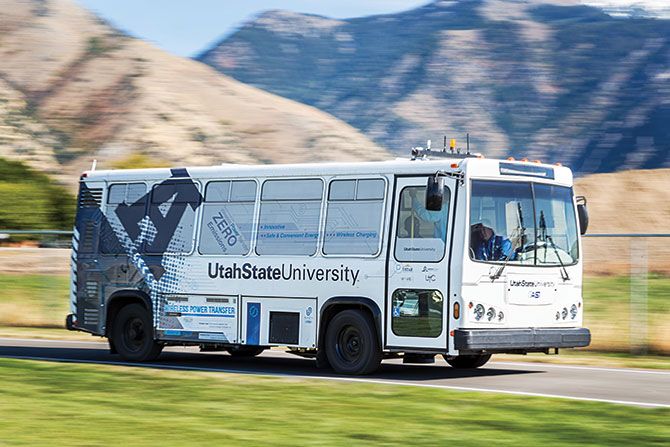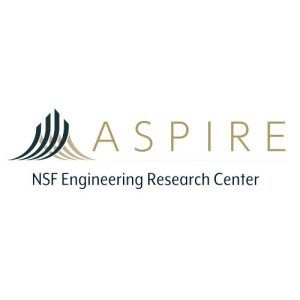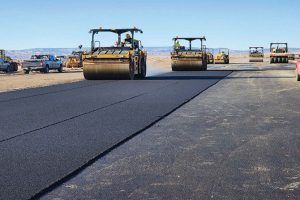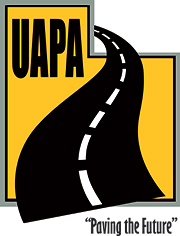Established in 2020, Advancing Sustainability through Powered Infrastructure for Roadway Electrification, or ASPIRE, is a National Science Foundation-funded research center headquartered on the Utah State University campus. Its main purpose is to support the widespread adoption of electric transportation through developing technologies and clearing barriers leading to low-cost, universal charging infrastructure.
ASPIRE is comprised of 10 total universities – five partner universities – Utah State University, Purdue University, University of Colorado Boulder, The University of Texas at El Paso, and University of Auckland, New Zealand – and five additional affiliated campuses, including Cornell University, Virginia Tech, University of Colorado Colorado Springs and Colorado State University.
More than 60 industry, government and nonprofit members from all sectors of electric transportation assist and collaborate with projects as a part of ASPIRE’s Industry and Innovation Board, including four national labs – National Renewable Laboratory, Idaho National Laboratory, Oakridge National Laboratory and Argonne National Laboratory.
As a research center, ASPIRE is organized around five thrusts: Adoption, Power, Equity, Data and Transportation. Each is an important part of the ASPIRE research portfolio with ties to interrelated projects ranging from charging stations and electrified roadways to learning and engagement.
The Adoption Thrust explores the impacts that society and industry have on the adoption of transformative technology. This can include interest groups such as policymakers and corporations.
The Equity Thrust focuses on K-12 engineering education, community engagement and diversity to ensure people of all groups are involved, while the Data Thrust utilizes experts in the field to create multi-model data fusion, theory and application, network systems optimization and much more.
The Power Thrust addresses technical questions related to hosting electric vehicles within transportation and electric power distribution networks. Those involved in this thrust seek to integrate static and dynamic power into grid management systems and control of vehicle batteries.
Lastly, the Transportation Thrust focuses on two aspects of the transportation sector – electrified infrastructure and systems.
The main challenge for pavement integration is finding practical solutions that can readily be adopted by the industry, public agencies and stakeholders.
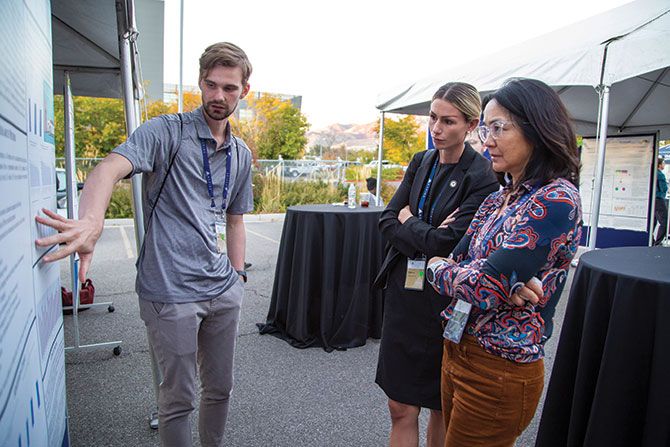
Fundamental developments in these areas are crucial to all enabling technologies and engineered systems.
The main challenge for pavement integration is finding practical solutions that can readily be adopted by the industry, public agencies and stakeholders. Currently, basic and applied research on integrating wireless charging, cooling and connectivity in pavement systems is underway.
Economical approaches and durability are also areas that must be addressed to move technological advances into testbed, pilot and practical applications. The long-term interaction of these units with pavement and vehicles, especially vehicles in motion, during their life cycle needs to be investigated and engineered. Implications of universal charging on driver behavior and transportation systems modeling and control is also a completely new field that requires investigation.
That is where UAPA comes in. Electrified roadway pavement systems must be designed and constructed with embedded dynamic and semi-dynamic wireless charging capable of supporting the co-optimization of electrical, electromagnetic, thermal, structural, cyber-physical and economical aspects of the system. In the last two years, ASPIRE has managed to lead the way for more durable, maintainable and cost-effective pavement structures with embedded wireless charging capability able to serve a variety of vehicles.
ASPIRE’s electric vehicle and roadway test facility is a quarter mile of track able to test and demonstrate stationary and in-motion wireless charging, grid integration and real-time vehicle interaction. Packed with its own 1.28MW solar power micro-grid, 100kw/kWh battery, 750kW utility connection and a 250kW battery, several pilots are able to be conducted by the center and its members. The facility will be expanded over the next 18 months to include heavy-duty lanes and hardware in the loops.
ASPIRE and its partners are currently working on a number of pilots across the United States, including one in Utah related to the Utah Inland Port. The goal is to lay the groundwork for electrified transportation in Utah to improve air quality and stimulate economic growth. This groundwork will also result in a reduction of overnight diesel pollution and cost while improving the utilization of dynamic charging for heavy-duty trucks and forklifts.
If you are interested in obtaining more information about the ASPIRE NSF ERC, please contact Don Linford at don.linford@usu.edu or 435-797-9619.



